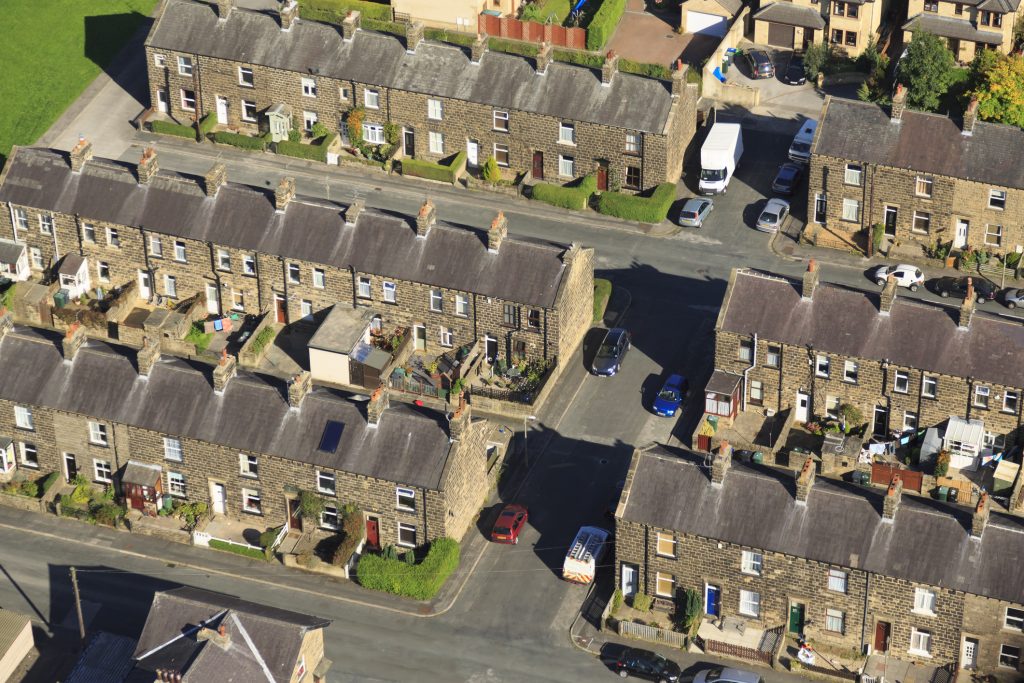Professor Leigh Sparks, Professor of Retail Studies, Stirling Management School
In a recent post on the Stirling Retail blog, Professor Leigh Sparks explores the “Preston Model” approach to local community wealth building.

During the National Review of Town Centres, I was introduced to Neil McInroy and his work as the Chief Executive of CLES. We subsequently begin to work together on the specific project of Understanding Scottish Places and he has been a valuable partner and sounding board/agitator in the work of Scotland’s Towns Partnership.
All the while I was vaguely aware of CLES’ work elsewhere and in particular began to hear about specific ideas being operationalised in Preston. This more recently has been codified in the media as ‘The Preston Model’ and is an approach to local community wealth building.
So, what is the Preston Model and what is community wealth building? Ask Preston City Council or CLES is one answer, but another is to read the short report on ‘How we built community wealth in Preston: Achievements and Lessons’ which they have recently produced and can be freely downloaded here.
This report tells the story, the impacts and the lessons learned and the authors hope it will act as an inspiration for other places. It is not a finished process and more always needs to be done, but the report (and the associated publications and videos on the CLES website) gives some thoughtful ideas and starting points.
Community-wealth building according to the report comprises a blend of five strategies:
- Plural ownership of the economy – more diversity and local ownership of economic power
- Making financial power work for local places – harnessing the wealth/spend that already exists locally
- Fair employment and just labour markets – anchor institutions leading on stimulating the local economy and social cohesion of communities
- Progressive procurement of goods and services – developing dense local supply chains
- Socially productive use of land and property – using assets and anchor institutions to grow community use and citizen ownership.
You can assess for yourself whether this is possible in your place and if it would work as it has begun to in Preston. It is in a way a blend of self-awareness and self-help but for the good of a place not an individual (though they benefit as well). It is about understanding what a place can be rather than pining for what it once might have been, as so many local leaders and others are prone to do.
The report provides eight key lessons from Preston, noting that this approach to community wealth building:
- Works
- Is the work of many hands
- Must be unique to place
- Is about public service
- Means a diversity of suppliers
- Tells a story that people want to hear
- Is not a ‘model’ but an inspiration
- Is both a policy approach and a way of working.
These are strong lessons to learn, live by and implement in any place. It is not a model to be lifted but some thinking about how we might change a place. If interested, please read more and be inspired to see whether some of the ideas can be used in your town.
This article was first published on the Stirling Retail blog on 23 July 2019.
